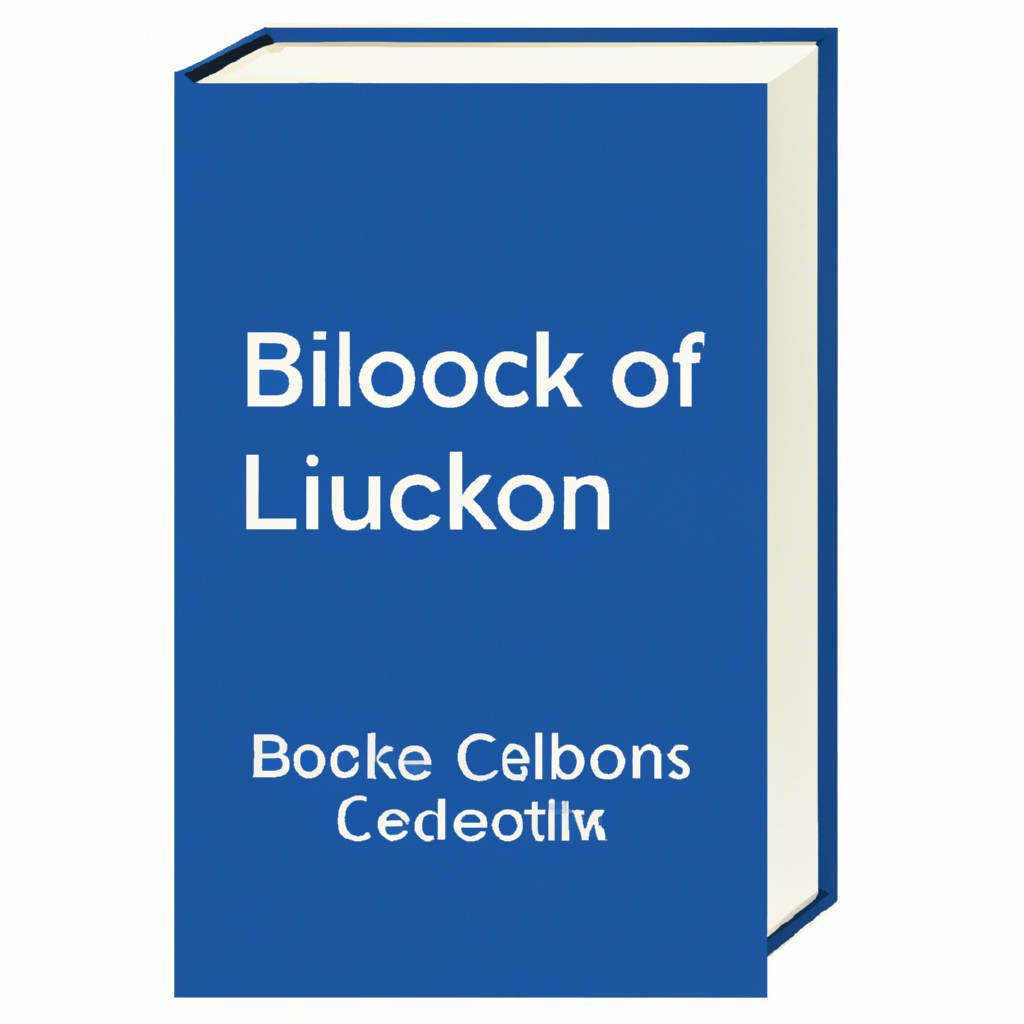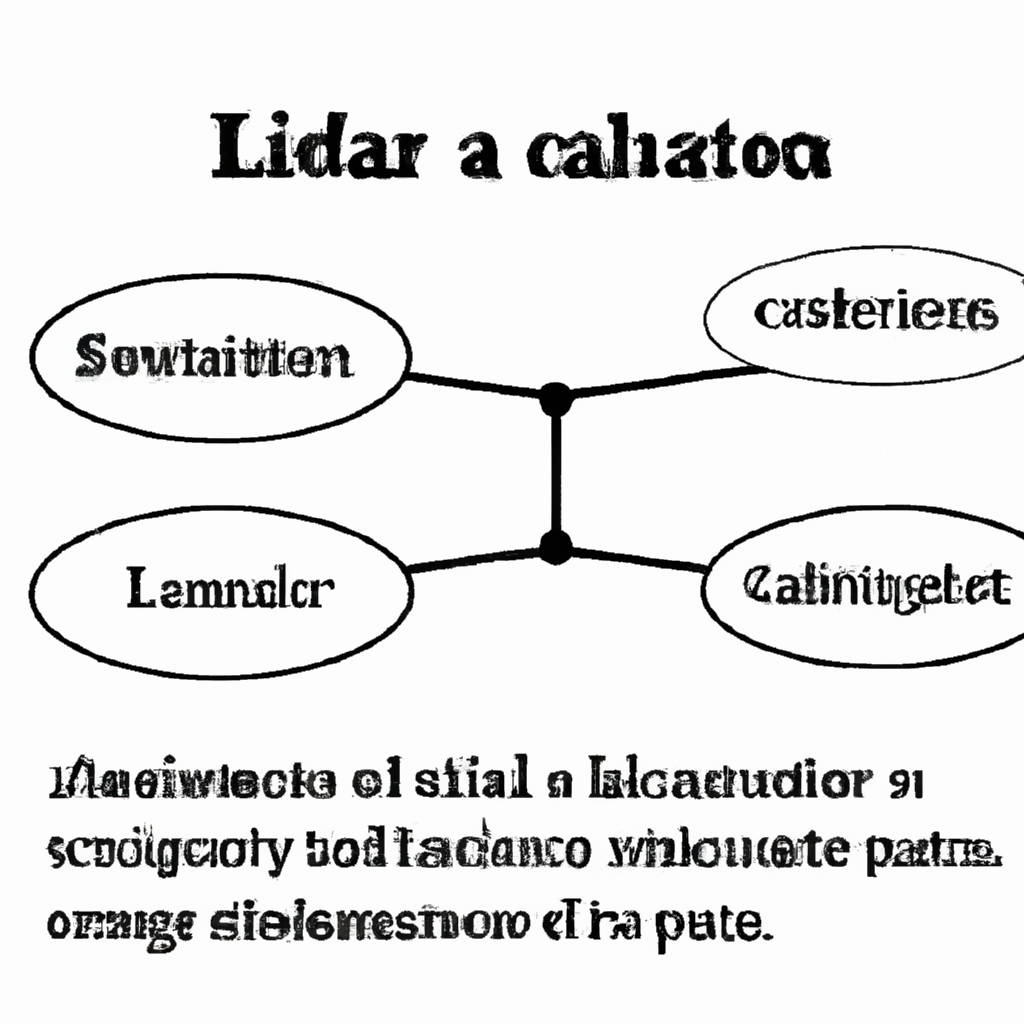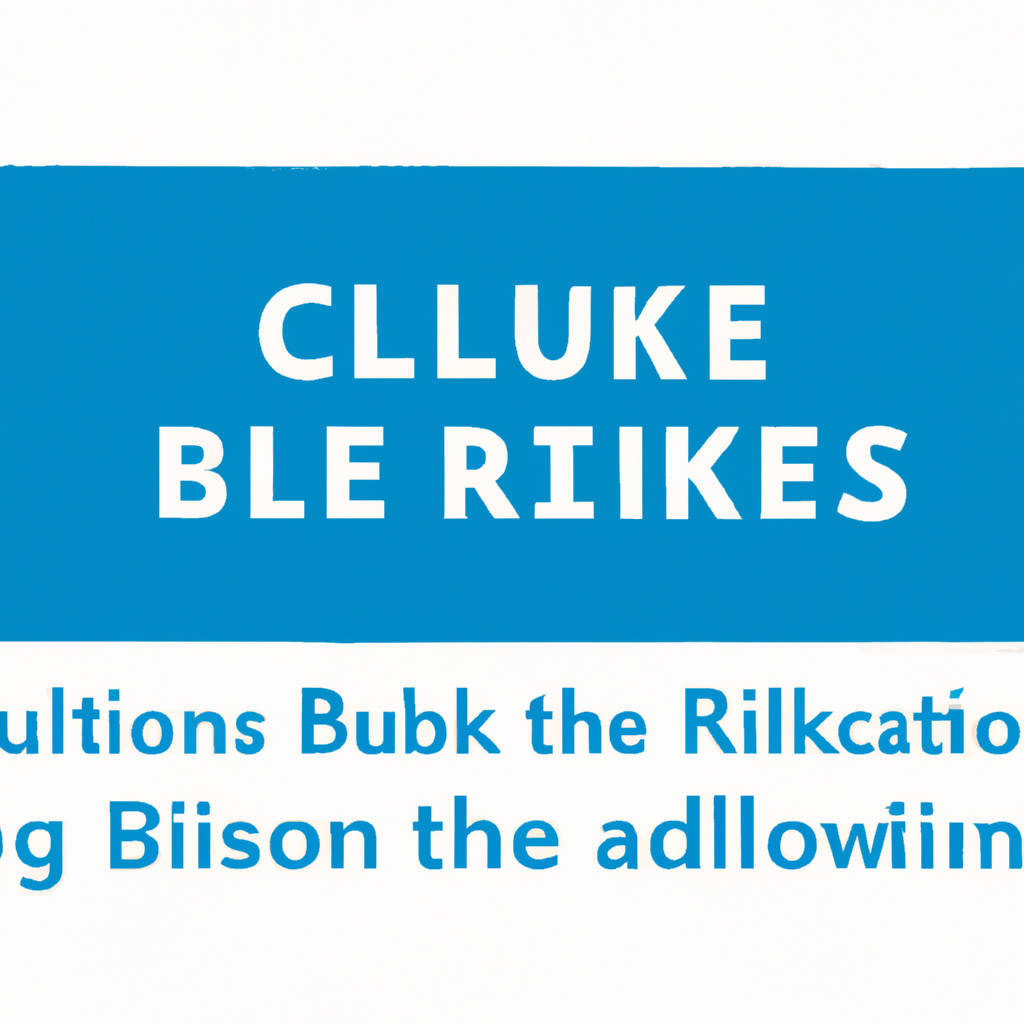The Bluebook Legal Citation system provides a comprehensive framework for referencing legal documents, cases, and statutes in academic and professional legal writings. Comprised of a complex set of rules, this system ensures that all citations are standardized, making it easier for readers to understand and locate the referenced sources. The Bluebook, now in its 20th edition, is divided into two broad parts – the Bluepages and the Whitepages. The Bluepages are tailored for practitioners and provide straightforward citation formats for court documents and legal memoranda.
On the other hand, the Whitepages are more detailed and are intended for academic settings, offering guidance on citing a wider range of sources. As the most widely accepted citation system in the United States, mastering the Bluebook system is considered an essential skill for those in the field of legal studies and practice. However, due to its complexity, it can often require a significant amount of time and practice to grasp fully. Various resources, including citation guides, tutorials, and software, are available to help individuals understand and apply the Bluebook system effectively. The system is not without its critics, who argue that its intricacies make it unnecessarily complicated. Nevertheless, it remains a cornerstone of legal writing and a crucial tool for those wishing to engage in scholarly legal discussion.

Introduction to the Bluebook: Purpose and Scope
The Bluebook, as it is commonly known, serves as a comprehensive guide for citation practices within academic and professional documents in the United States. This revered guidebook, often considered the gold standard for citation in academia and beyond, is designed to provide consistency and uniformity in referencing sources of information across a vast array of disciplines. The purpose of the Bluebook is to offer a systematic method for acknowledging the intellectual debt to authors and sources in a structured and standardized way, thus maintaining the integrity of academic and professional writing. The scope of the Bluebook is remarkably broad, encompassing a wide range of source types including books, articles, online resources, and more, making it applicable across numerous fields of study and research. Its use is not confined to academia alone, it is also widely used in the professional world where precise citation is critical. Hence, the Bluebook is an indispensable tool for anyone engaged in detailed research or professional writing. Understanding its comprehensive rules can help writers avoid unintentional plagiarism, uphold ethical writing standards, and contribute to the overall credibility and validity of their work. While the extensive nature of the Bluebook may seem daunting at first, becoming familiar with its guidelines can significantly enhance the clarity and professionalism of any written document, making it a valued resource for students, researchers, and professionals alike.
Basic Elements of a Legal Citation: Understanding the Structure
Understanding the structure of a legal citation is crucial in navigating the vast sea of judicial literature and documentation. A legal citation is essentially the roadmap that leads you to a specific legal source. It is composed of various elements, each serving a distinct function.
The first component of a legal citation is the volume number. This number relates to the specific volume where the document can be found within a series. Following the volume number is the reporter abbreviation, which denotes the name of the reporter or the series of books where the case was published.
Next, comes the page number which is the exact page within the volume where the document or legal case begins. In some cases, the citation may also include a pinpoint citation, indicating the specific page(s) where the relevant information is located within the document.
Further, the jurisdiction and the court are also mentioned, which can be represented by abbreviations or symbols. This information provides insight into the authority under which the case decision was made.
A legal citation may also include the year in which the case was decided, often indicated in parentheses following the case name. This date is important as it helps in understanding the timeline of the law and its development over time.
Finally, it is important to note that there are different citation styles, such as Bluebook (commonly used in the US), OSCOLA (used in the UK), and McGill Guide (used in Canada). Each of these citation styles has its unique rules and formatting requirements.
In essence, to understand a legal citation is to comprehend the basic structure and elements of legal documentation. It is a skill that requires practice and familiarity with the different citation styles used across various jurisdictions. This understanding facilitates easier access to legal documents and a more efficient process of legal research.

Citation Formats: Cases, Statutes, Regulations, and Secondary Sources
Citation formats refer to the structured ways in which information sources are acknowledged and credited in academic writing. These formats vary depending on the type of source referenced, including cases, statutes, regulations, and secondary sources. In the context of cases, citations typically consist of the case name, the volume number, the reporter abbreviation, the first page of the case, and the court and year. Meanwhile, statutes’ citation format usually includes the title, source, section, and year of enactment. Regulations, on the other hand, are cited with the title number, the abbreviated name of the source, and the section number. Lastly, secondary sources, including books, articles, websites, etc., have their specific citation formats that often include author’s name, title of the source, year of publication, and page numbers.
It’s crucial to note that various citation styles, such as MLA, APA, or Chicago, could be employed depending on the academic discipline or preference of the institution. Regardless of the chosen style, the ultimate aim of citations is to provide accurate and sufficient information about the source, enabling readers to locate and verify the original material if needed. Therefore, understanding and correctly applying these citation formats is an essential skill in academic and professional writing, ensuring credibility, respect for intellectual property, and avoidance of plagiarism.
Bluebook Rules: Key Guidelines for Proper Citation
Bluebook Rules are critically important guidelines that provide a uniform system of citation, primarily used in the legal realm. Recognized universally, the Bluebook rules are the gold standard for constructing citations in legal documents, scholarly articles, and court proceedings. The key essence of these rules is to promote clarity, precision, and uniformity in citing legal authorities across the world. The 21st edition of the Bluebook, composed of over 500 pages, offers detailed instructions on how to cite virtually every type of source, be it a statute, a case, or an online article.
The guide is divided into two distinct parts: the “Bluepages” and the “Whitepages.” The “Bluepages” provide a straightforward approach to citation and is commonly used by practitioners. Meanwhile, the “Whitepages” delve into a more comprehensive and complex citation format, typically employed by scholars and academics. A comprehensive understanding of the Bluebook rules is vital for anyone involved in the field of jurisprudence, as proper citation not only provides credibility to the author’s arguments but also aids readers in locating the original sources. The Bluebook rules, while complex, provide a systematic approach to citation that helps maintain consistency and clarity in the vast, multifaceted world of legal writing.

Online and Electronic Sources: Adapting Citations for Digital Resources
When it comes to academic writing, citing sources is an essential task that ensures the credibility of one’s work and avoids plagiarism. With the advent of digital technology, the internet has become a vast resource for a plethora of information that can be accessed and used for various purposes. As a result, the traditional method of citing printed sources has evolved to adapt to online and electronic sources. The integration of digital resources in research and writing has significantly changed the landscape of citations. Now, scholars must consider elements such as URLs, digital object identifiers (DOIs), and the dates of electronic publication when citing online sources. These elements are crucial as they provide specific information about the electronic source and can help readers locate the original material.
Different online materials, such as ebooks, online journals, podcasts, social media posts, and websites, each require a unique citation format. These formats vary across different citation styles such as APA, MLA, and Chicago, among others. Therefore, it’s critical to understand and apply the correct citation format for the electronic sources one is using. Just like traditional sources, digital resources must be cited accurately and completely, giving credit to the original authors and allowing readers to follow the research trail. In this digital age, the ability to adapt citations for online and electronic sources has become an essential skill in academic writing. Proper citation not only maintains the integrity of one’s work but also respects the intellectual property of others. As the internet continues to be a primary source of information, adapting citations for digital resources will remain a key aspect of responsible and ethical research and writing.
Common Errors and How to Avoid Them
Common errors often stem from lack of knowledge, oversight, or simply negligence. These mistakes can occur in any field, from writing and technology to human interactions and decision-making. To avoid these errors, it’s crucial to educate oneself and gain a deep understanding of the subject matter. Research and continuous learning are key elements in preventing these errors. A meticulous approach to tasks can also significantly reduce the occurrence of mistakes.
Paying close attention to details and double-checking work can help identify any potential errors before they cause significant disruptions. Furthermore, it’s essential not to rush tasks as haste often contributes to the occurrence of errors. Taking the time to complete tasks carefully and thoughtfully can prevent many common mistakes. Another effective strategy is to seek feedback or a second opinion, as another perspective can often spot something you may have missed. It’s also beneficial to utilize available tools and resources designed to help prevent errors, such as spell-checkers for writing or error-detection software for coding. Lastly, practice and experience are invaluable. The more you engage with a task or a subject, the more proficient you become, thus reducing the likelihood of making errors. Remember, making errors is a part of the learning process. It’s not about avoiding all mistakes but rather learning from them to avoid repeating them in the future.